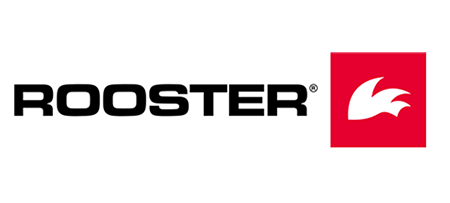
Welcome to the International Class Association website for the RS Aero. Here you will find all there is to know about the RS Aero including the latest news, how to register your boat, and links to relevant documents.
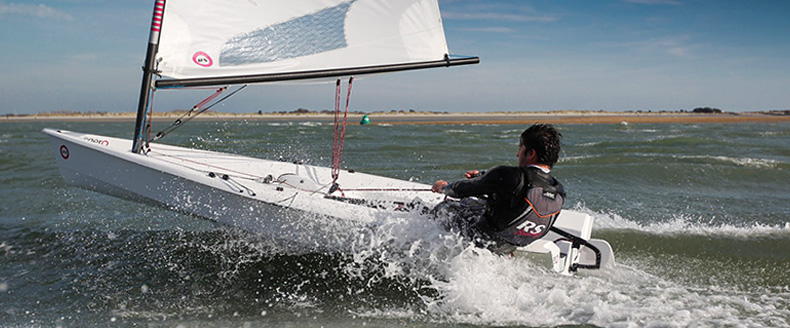
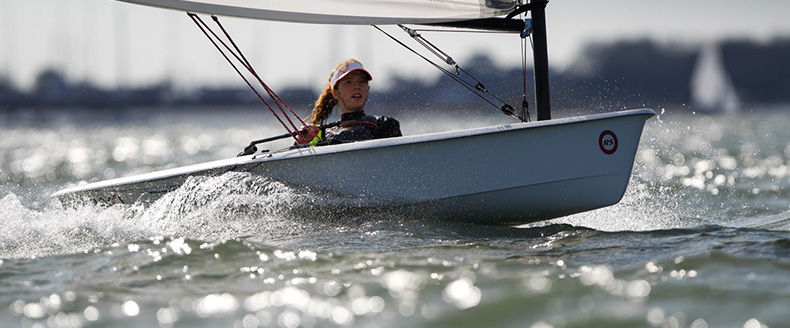
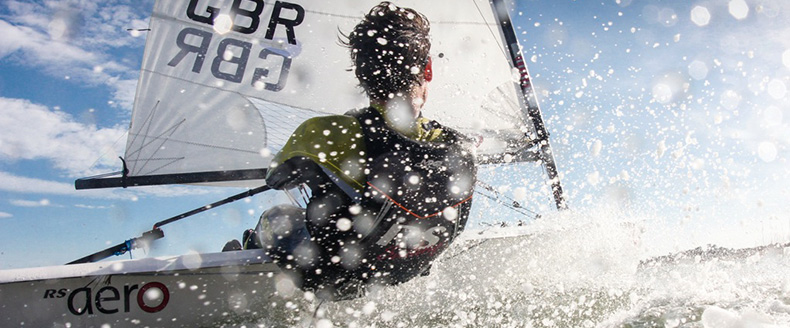
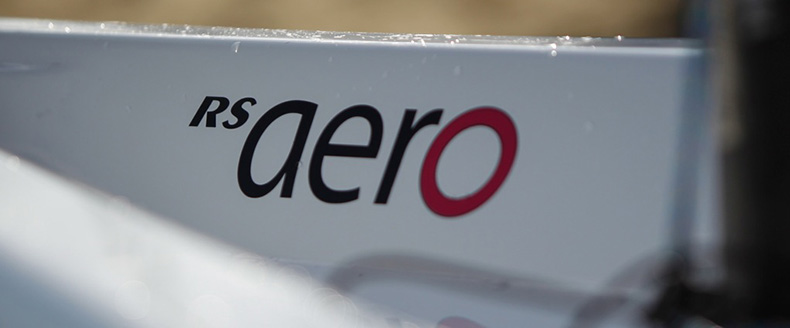
| Home >> General Discussion >> What happens at the top of the sail is there more speed to be squeezed |
What is happening at the top of the sail?
Let me begin by stating: a) I am only referring to upwind sailing i.e. beating and close reaching and b) I am interested in the sail having maximum lift and minimum drag, desirable objectives I am sure you will agree!
Al Bowers, a Senior NASA engineer, (there are lots of youtube videos if you google him but here is one link https://www.youtube.com/watch?v=RoT2upDbdUg ). He discovered, in the last decade or so, that aircraft wing designers have neglected to appreciate the significance of a paper published by Prandtl in1933 which provides the formula to eliminate wing tip vortices and their associated drag. Just for good measure it also explains why birds don’t need a vertical tail fin. The development of winglets on aircraft wings goes some-way to compensate.
It leads one to ask whether on sail boats we have a mast tip vortex which adds drag? The formula to eliminate this vortex on a wing is to change the planform shape so in sailing we could adjust the planform shape of the sail. There is a second control and that is to change the angle of attack i.e. twist along the wing. Maybe in sailing we are better off than the aircraft world as sail shapes have developed with the advent of square tops, instead of pin head tops, and the Aero could be said to be between the 2. We are also familiar with changing the twist as wind and speed change and so have some control over angle of attack. Along the length of the mast
Daniel Forster took some excellent photos of the VOR60 Volvo Round the World yachts sailing in fog off Cape Town and the trails from the mast head vortices are clearly visible Figure 3 in Physics of Sialing at https://physicstoday.scitation.org/doi/10.1063/1.2883908?journalCode=pto&ver=pdfcov). Clearly even these high tech boats from 2001-2002 exhibit the vortex.
Does the Aero generate a mast tip vortex, does it slow us down, can we minimise the drag?
As an experiment I took a stick with a long ribbon (around 7 feet) on the end and mounted it so it was about 18 inches to 2 feet above the mast top.
I also attached some ribbons (around 4 feet long) from the batten ends and got a friend to photograph as I sailed past him sitting in a kayak in the middle of a lake.
Results:
The experiment was far from ideal with the lake conditions being very variable, it was difficult to get everything stable however that said what did we find? Firstly my view from in the boat whilst sailing: all the ribbons seemed to stream in the flow of wind so nothing exciting to report. However from the photographs a number of them appeared to show:
- The ribbons from the battens on all except the top batten and the 'stick on top of the mast' all flowed from the sail as you would expect.
- The ribbon from the stick flew down to leeward (in a plane parallel to the water) at something like 45 degrees to the sail and then abruptly changed to flowing backwards parallel to the other ribbons
- The ribbon from the top batten seemed to show something between the 1) and 2) above.
As I said above the experiment was not conclusive and I wouldn’t wish to publish the photos however I am very interested in any thoughts – maybe there are some sail designers who have studied the maths? Or someone has sailed in fog and wind?
Reply


